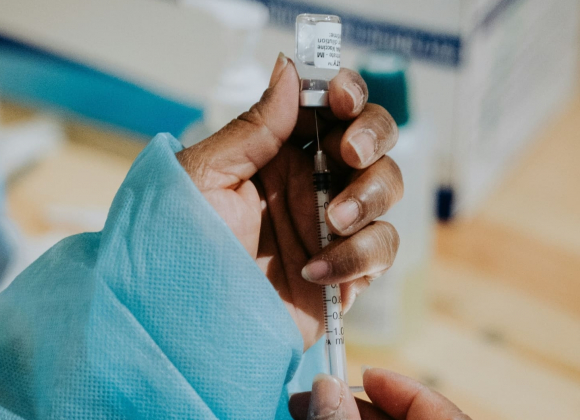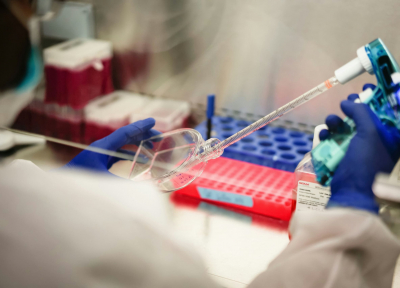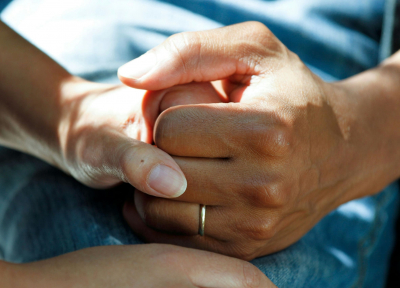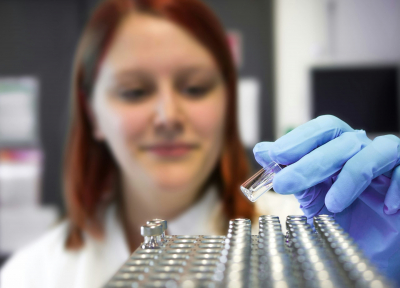Cervical cancer, which is cancer starting in the cervix, is the fourth most common cancer in women globally. In 2022, there were around 660,000 cases and around 350,000 deaths due to cervical cancer worldwide. However, this burden is not shared equally amongst countries. Human papillomavirus (HPV) is responsible for over 99% of all cervical cancer, meaning that if we can prevent HPV infection, we can prevent cervical cancer.
What is Human Papillomavirus?
HPV is a large family of viruses that can cause many different cancers including cervical, vaginal, penile, anal, and mouth and throat cancer, as well as warts. The good news is that researchers figured out which strains of HPV cause cancer and used that information to develop an HPV vaccine. The HPV vaccine trains the immune system to recognize and fight the different HPV strains that cause cancer, which prevents the virus from causing infections that ever develop into cancer.
HPV is a sexually transmitted virus that almost everyone will encounter during their lifetime. Infection with the virus puts someone at risk for cancer, which is why protection from the HPV vaccine is best when the vaccine is given to pre-teens, before they become sexually active. Giving the vaccine early allows the immune system to be trained to fight HPV before it ever encounters the virus.
Australia is Eliminating Cervical Cancer
Since HPV causes over 99% of cervical cancers, HPV vaccination has the power to eliminate cervical cancer. In 2007, Australia was the first country to introduce a national HPV vaccination program which offered free vaccines to girls and women 12-26 years old. In the first five years after the program started, there was a 77% decrease in the number of women ages 18-24 with HPV infections! Pre-cancerous cervical lesions, which are abnormal cells that if untreated will develop into cancer, decreased by 50% in young women aged 20-24 in Australia between 2006 (before the HPV vaccine) and June 2017 (after the HPV vaccine). In 2013, the HPV vaccination program was expanded to include boys. Thanks to this vaccine program, data show that Australia is on track to eliminate cervical cancer by 2035.
No Cases of Cervical Cancer in Scotland
Australia isn’t the only country seeing the dramatic impact of widespread HPV vaccination. In 2008, Scotland introduced a national school-based vaccination program, which offered the vaccine for free to girls ages 12-18. This program expanded to include boys in 2019. Since 2008, no cervical cancer cases have been detected in fully vaccinated women who received the HPV vaccine at 12-13 years old. This truly demonstrates the power of the HPV vaccine at preventing cervical cancer.
Get Vaccinated, Eliminate Cervical Cancer
Cancers due to HPV are still a challenge worldwide, but the success of HPV vaccination at reducing cervical cancer in Australia and Scotland are shining examples of how vaccines protect health. The HPV vaccine holds the power to make cervical cancer a disease of the past. To learn more about HPV vaccination, talk to a doctor or visit a local health clinic.



